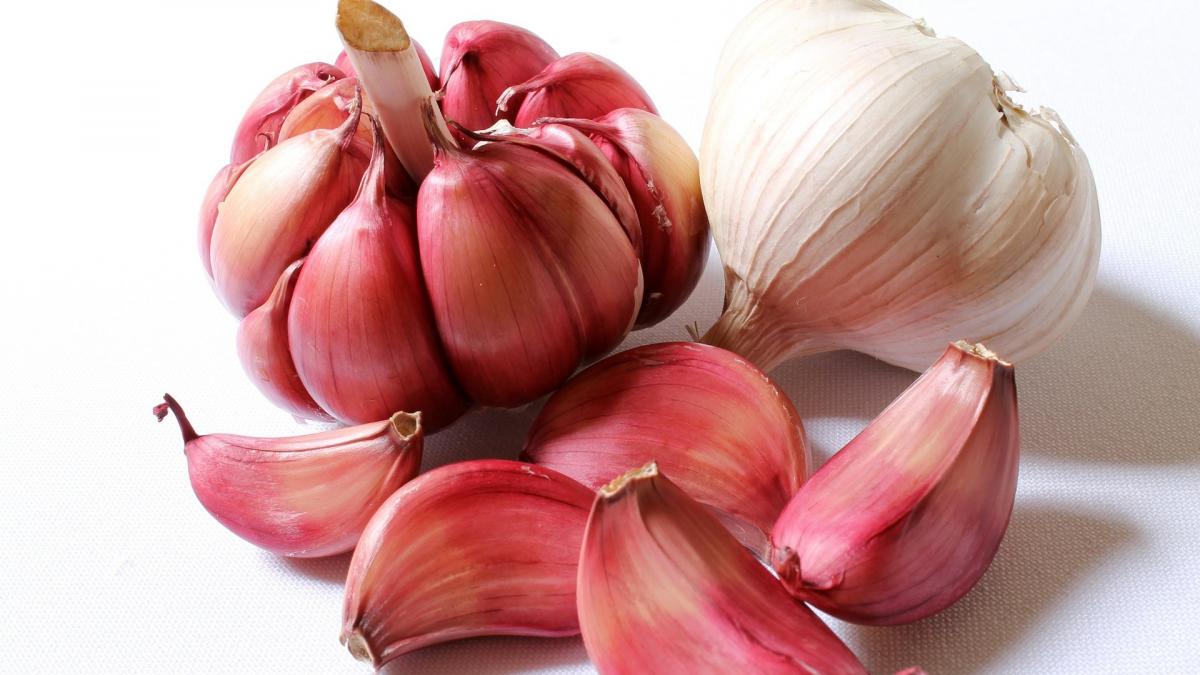You are here
Back to topGarlic Prices Have Fallen and May Remain Depressed in the Future

Garlic prices in China rose significantly earlier this year owing to a decrease in the planting area last year. The price of garlic in Beijing increased to 10 Chinese yuan per kilogram in June and leveled off only in late July. Recently, the wholesale price of garlic has fallen back to 8.4–9.6 yuan per kilogram. Starting in May, the price of fresh garlic in Beijing’s Xinfadi Market rose 104% compared with the same period last year and continued to rise for the following two months. Many garlic farmers are eager to ship their produce prior to the end of the harvest season in August, and consequently the price of garlic has recently started to decline.
In garlic-producing areas, prices have also begun to fall. At Shandong’s Jinxiang Market on July 20, the price of mixed-grade garlic was approximately 8.2 yuan per kilogram, whereas now it is only 7.2 yuan, a decrease of 12.2%. In Pizhou, Jiangsu Province, the price of 6.5-cm red garlic dropped from approximately 9.2 yuan per kilogram to 8.96 yuan, although the turnover increased. Meanwhile, in Qi County and Zhongmu County of Henan Province, prices of mixed-grade garlic fluctuated between 6.8 yuan and 7.2 yuan per kilogram. The price of garlic in Laiwu, Shandong Province, was also slightly lower, and the price of 6.0-cm garlic dropped from approximately 7.6 yuan per kilogram to 7.4 yuan per kilogram, corresponding to a decrease of 2.62%.
The price of dried garlic flakes has also declined, from approximately 13,000 yuan per ton in mid-July to 12,300 yuan per ton at present. Market sales of garlic flakes are still dominated by last year’s production. Owing to the higher price of garlic this year, most garlic-processing plants have been operating at a reduced capacity and are using a lower grade of garlic for processing garlic flakes. As a result of these issues, the future price of new garlic flakes remains uncertain.
Recently, the overall price of garlic is lower owing to decreased market demand. Moreover, the earlier garlic price was too high, which affected the enthusiasm of buyers. In 2018, the market price of garlic was only 2–4 yuan per kilogram owing to a substantial increase in garlic production in 2017. Many farmers have abandoned growing garlic because of low yields, leading to a sharp drop in output this year and a rise in prices. When the price of garlic reached 10 yuan per kilogram, buyers became cautious and started waiting for the price to go down. However, after the beginning of autumn, garlic that has not been stored appropriately will slowly start to sprout at room temperature. As soon as garlic sprouts, its quality decreases, and consumers are no longer willing to purchase it. The price of garlic may therefore continue to fall.
Despite the fact that garlic production has decreased by 2 million tons this year, prices are unlikely to rise. Last year, garlic-processing plants processed a total of more than 2 million tons of garlic to obtain over 700,000 tons of garlic flakes for storage, although China’s annual demand for garlic flakes is only approximately 200,000–300,000 tons. The price of garlic this year has been so high that many garlic-processing plants have dramatically decreased production or are no longer processing garlic. Therefore, although the total output of garlic fell by 2 million tons this year, the volume purchased by garlic-processing plants has decreased by a similar amount, and the total supply of garlic on the market is not expected to suffer.
In the first half of this year, China exported approximately 708,600 tons of garlic, a year-on-year decrease of about 54,900 tons (−7.18%) from the 763,500 tons exported during the same period last year. However, owing to the influence of the domestic market, the export price of garlic has significantly increased. In June, the export price of garlic was $1114.02 per ton, corresponding to a month-on-month increase of about 6.73% and a staggering year-on-year increase of 49.7% compared with last year’s price of $744.31 per ton. Indonesia, Malaysia, Thailand and other Southeast Asian countries are the main export markets for Chinese garlic.
Image source: Pixabay
















